Active Education Posts

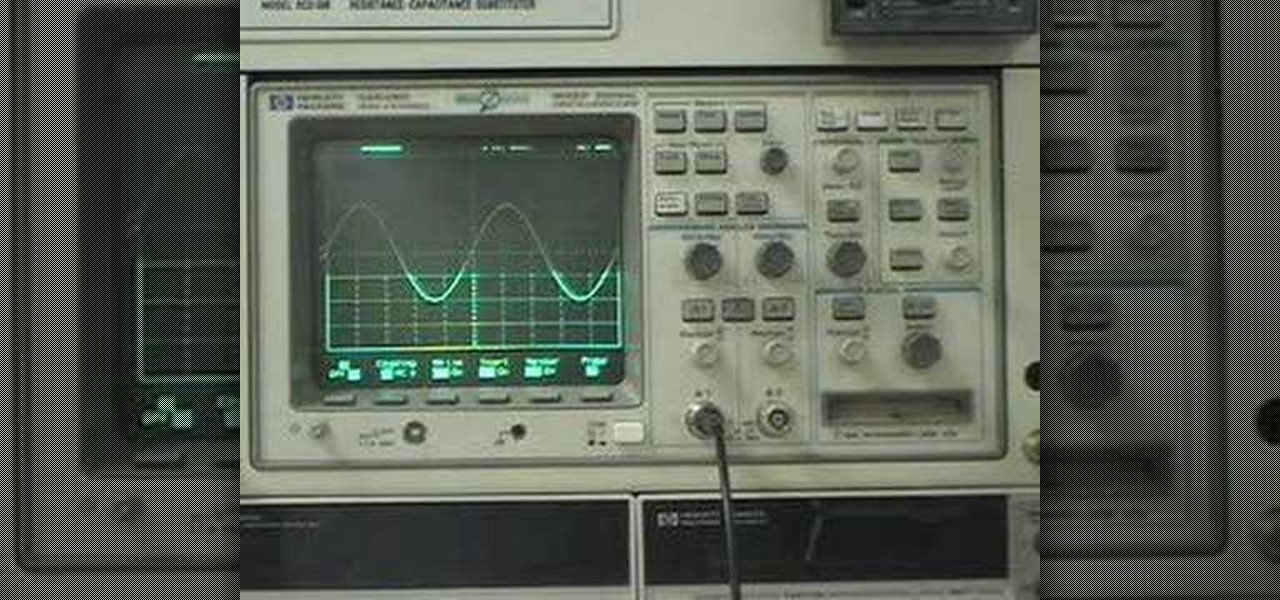
How To: Use an oscilloscope properly
Here is a technical tutorial from a technical communication class. An oscilloscope is for viewing oscillations, like electrical voltage and current, with cathode-ray tube display. See all about it in this great introduction to the device. Simply, this video tutorial will show you how to use an oscilloscope.

How To: Extract DNA from a Strawberry with Basic Kitchen Items
We all know that DNA is pretty amazing, but it's not something that most of us get much hands-on experience with. Even though it's in every living thing around us, we never see it, so we rarely think about it either.

How To: Extract DNA from Strawberries at Home
Have you ever wondered what your DNA looks like? You have probably heard that DNA is a double helix, which is a pair of parallel helices intertwined about a common axis, but how do we know that? How can people look at DNA?

How To: Simplify exponential expressions in basic algebra
The video shows how to solved mixed property problems using the exponent rules. See if there are any rules you can apply to the problem until you get to a point where you can't simplify anymore. The instructor shows in the example problem that the two bases are the same, but there is extras happening the numerator. The power to power multiply rule is applied removing the extra issues from the numerator. Next the quotient rules is applied as there is the exact same base to the power so we keep...
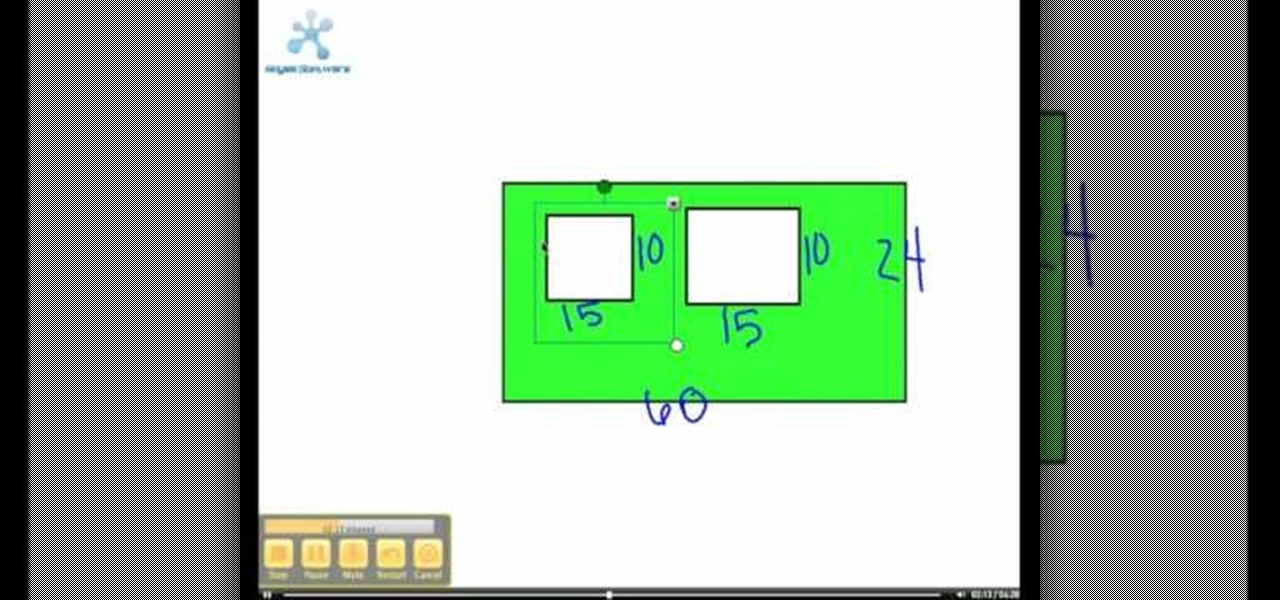
How To: Find the area of complex figures
In this tutorial the author explains how to compute the area of a complex figure. Now he first defines what a complex figure is by saying that a complex figure is a figure made up of two or more basic shapes. He uses an example to convey his idea and breaks that sample figure into basic squares and rectangles. Now he computes the areas of these individual units separately and finally puts them together to arrive at the final area of the complex figure. If you are looking to compute the area o...

How To: Graph an equation in point-slope form
This video tells you how to draft an equation in point-slope form. Consider the equation (y+4) = 2(x+7) for example. The formula for the point-slope form is (y-y1) = m(x-x1). To plot the graph you have to identify m the slope, the x intercept x1 and the y intercept y1. In this equation the slope is 2 and (x1,y1). The x intercept according to the formula is -x1 but the given value is +7 so you have to figure out what will give you +7,only -(-7) can give you +7 so the point is -7 and now the y ...

News: Surviving the Zombie Apocalypse: Neuroscience Reveals the Secrets for Living with the Undead
A couple months ago, the world was supposed to end. It didn't. But that didn't stop the Centers for Disease Control and Prevention (CDC) from warning citizens of one global possibility besides complete destruction—ZOMBIES. They used the farcical flesh-eating living dead as an excuse to teach you about the necessity of real-life emergency planning.

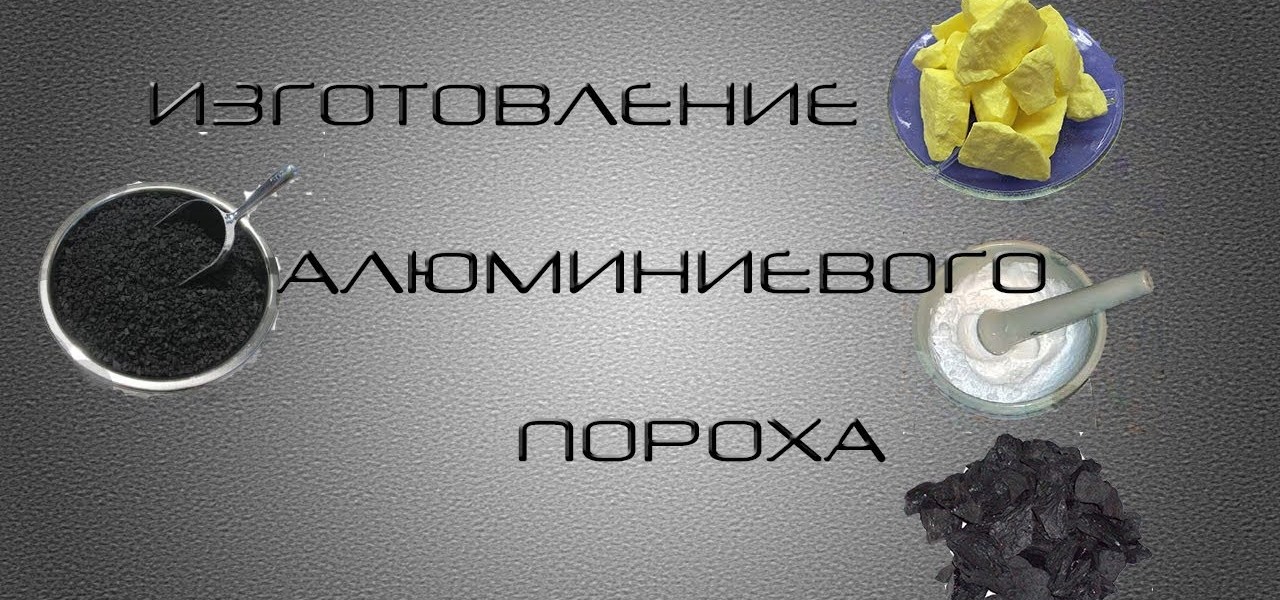
News: How to Make Aluminium Powder
Video: .

News: How to Make Easy Star Mine
Video: .

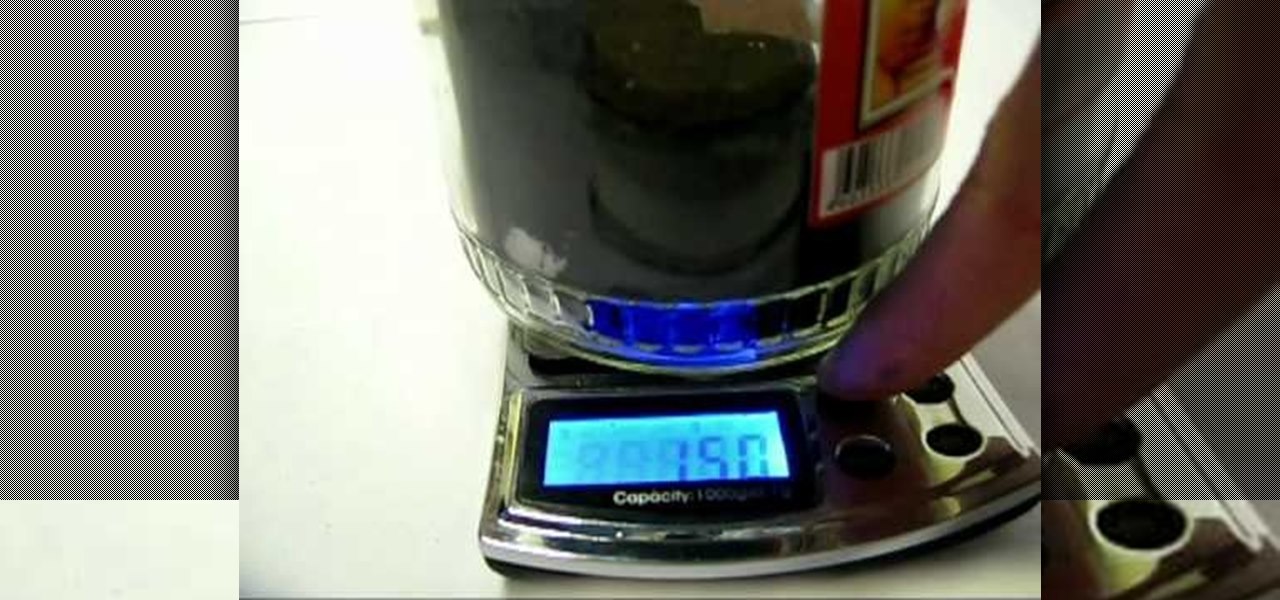

News: The Burning of Magnesium (HD)
Video: .
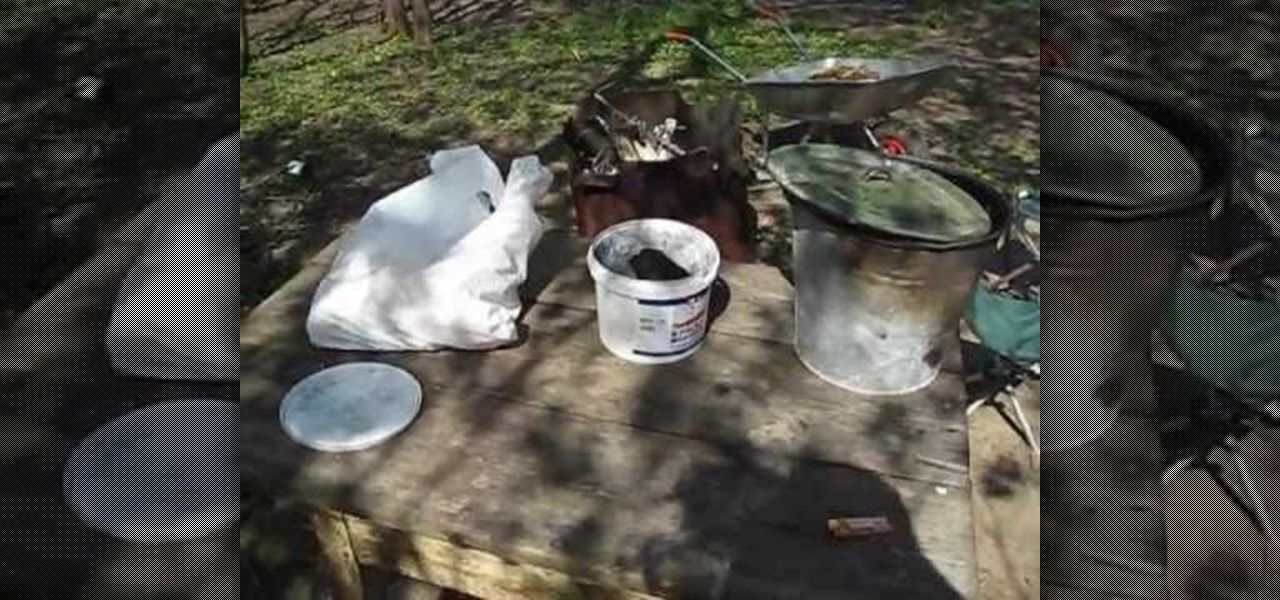
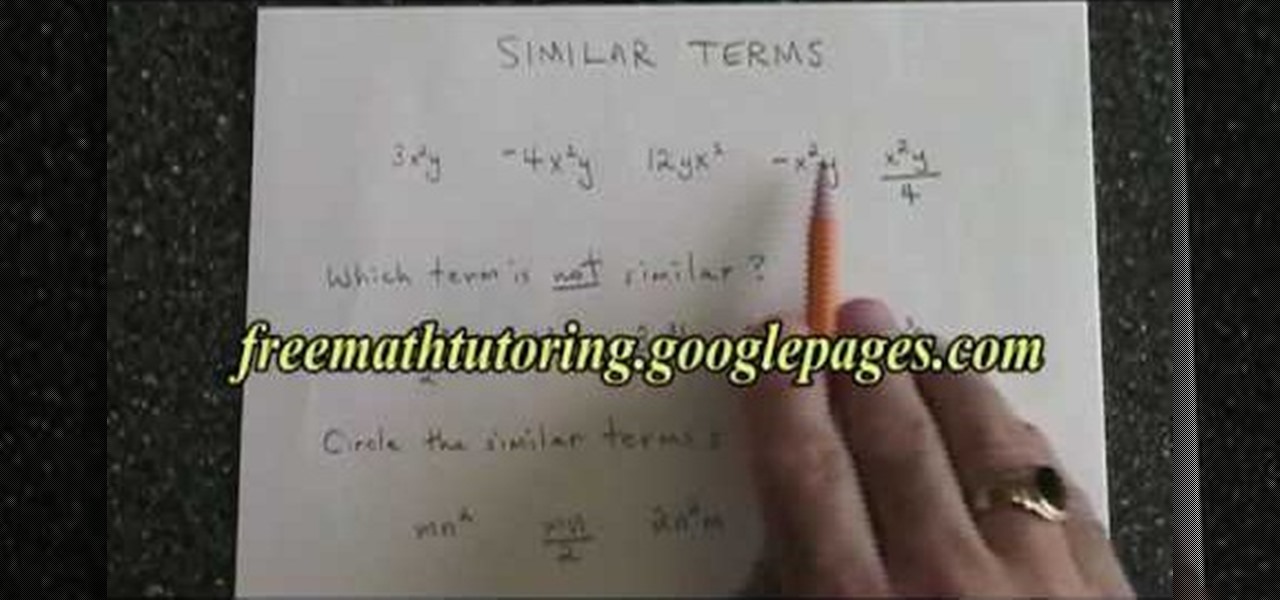
How To: Identify similar terms in polynomials
In this tutorial the instructor shows how to identify similar terms in a polynomial equation. He states that in similar terms the variables and their exponents are exactly the same but they may differ in the co-efficient. He shows how to identify similar terms by using some examples. He shows that a change is even the co-efficient makes them dissimilar terms. Similar terms can be further added as the variable of both the terms is same. This video gives an idea of what similar terms are and ho...
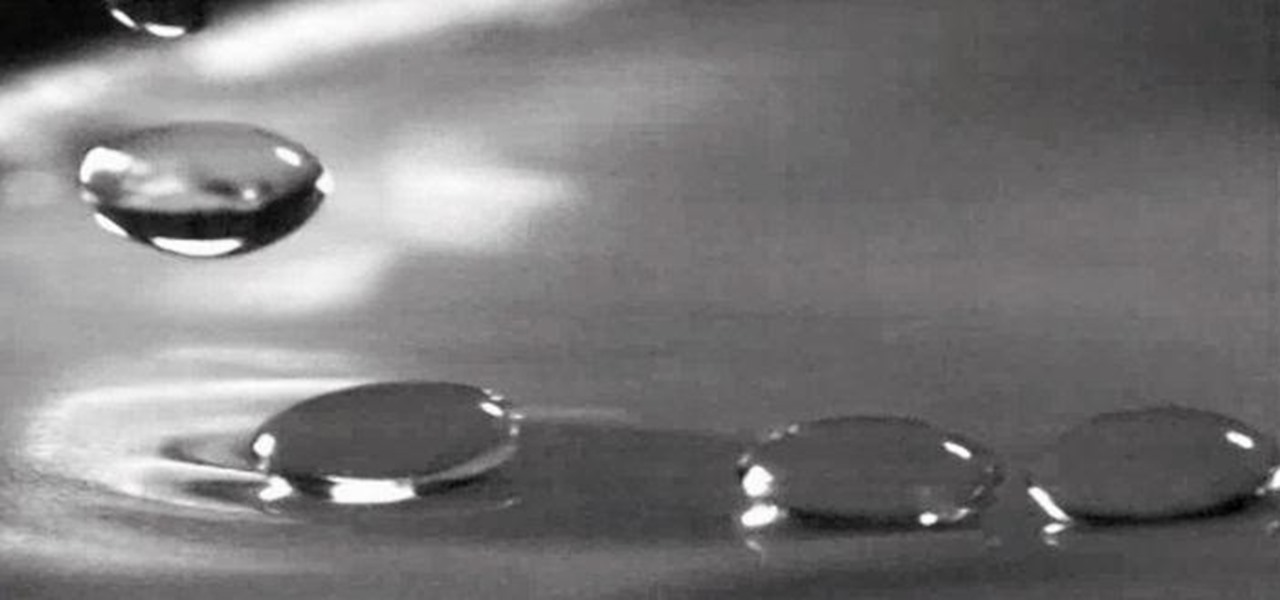
How To: Make Water Droplets "Levitate" on Water (Using Vibrations)
You can take some really awesome photos of water droplets if you've got a fast enough camera (and flash), but water drops aren't just spectacular as photographic subjects—you can also make them a part of the photographic process by using a water drop as a DIY projection microscope and even a macro lens for your iPhone. But as useful as a water drop can be, it's still way cooler when they're in front of the camera (as the subject). Recently, researchers from the National Autonomous University ...

How To: Simulate your own space vacation
This how-to video is about how to simulate your own space vacation.
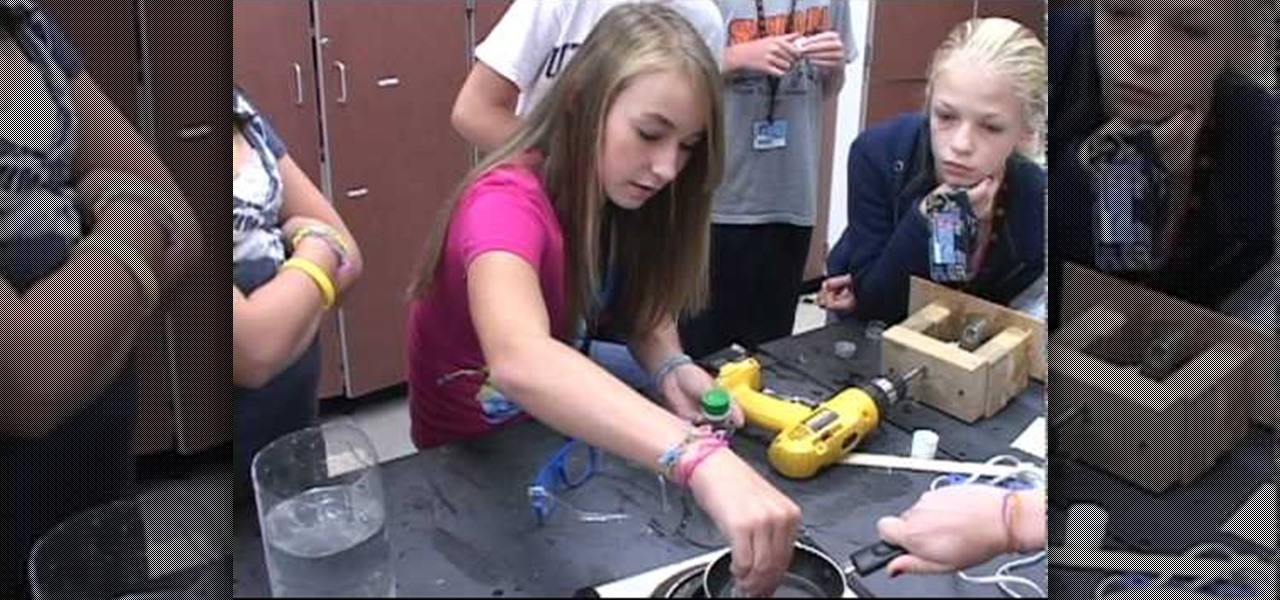
How To: Weld plastic bottle caps together to make your own water vortex
Forget a message in a bottle, how about your own water vortex!? This simple, step-by-step video shows you how to 'weld' two plastic bottle caps together so you have a tight, dry seal for your very own home water vortex. You'll need a heating element, a non-stick pan, some 2 liter plastic bottles and several extra plastic bottle caps. Now you can hold a vortex in your very own hand.
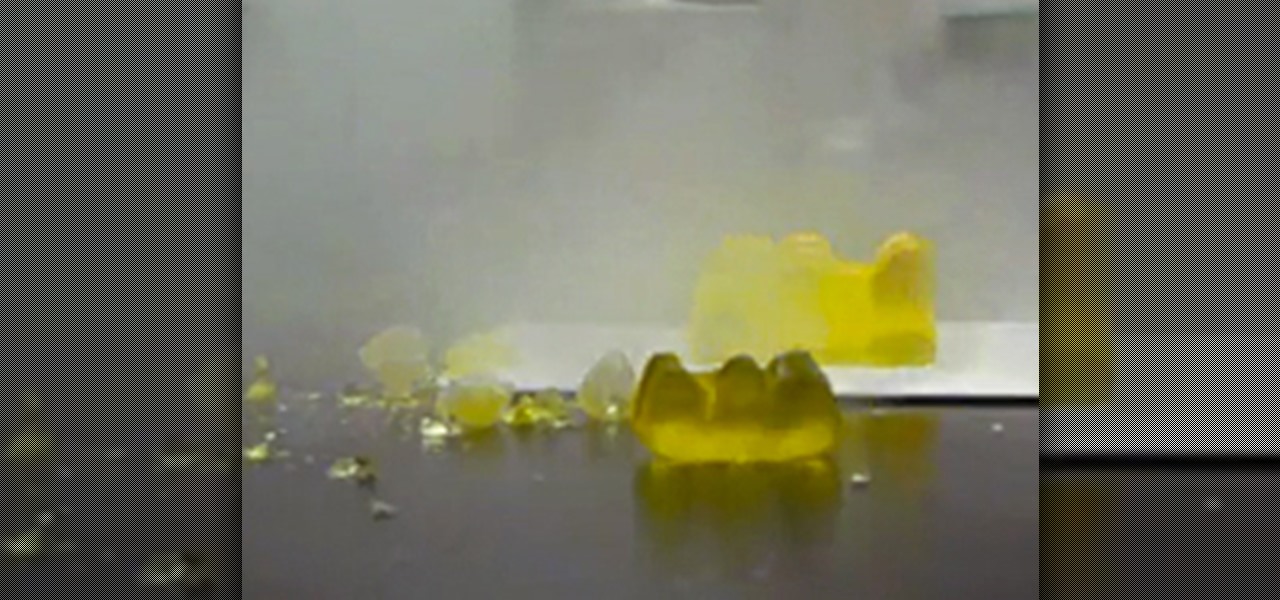
How To: Mutilate Candy Gummy Bears with Exploratory Science Experiments
Who could resist a gummy bear? Those rubbery little candy creatures shaped like a bear are just too cute and too delicious to pass up. If you can't get any enjoyment out of those gelatin-based confectioneries, then you're simple not human. Even scientists love them, but not for their seductively sweet properties...

How To: Make a test tube thunderstorm
Watch this science video tutorial from Nurd Rage on how to make a test tube thunderstorm. They show you how to make the thunderstorm in a test tube using alcohol, sulfuric acid and potassium permanganate.
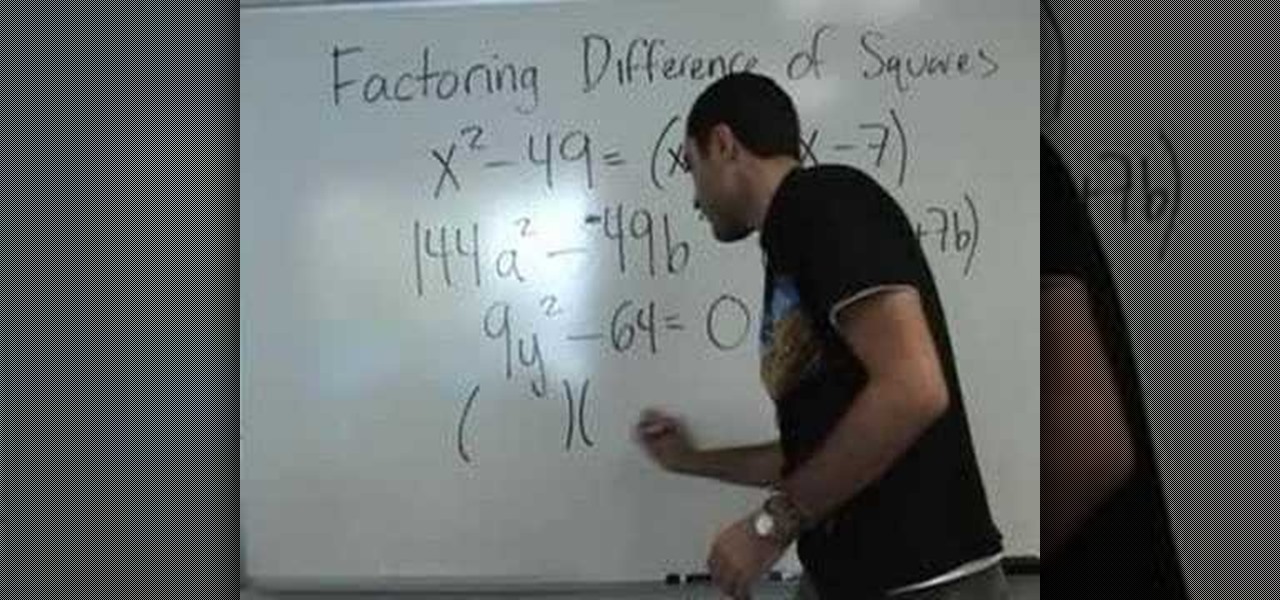
How To: Factor differences of squares
A video that demonstrates one of the basic techniques involved in factorizing an equation that contains the difference of two terms which are also perfect squares themselves and are equated to 0.
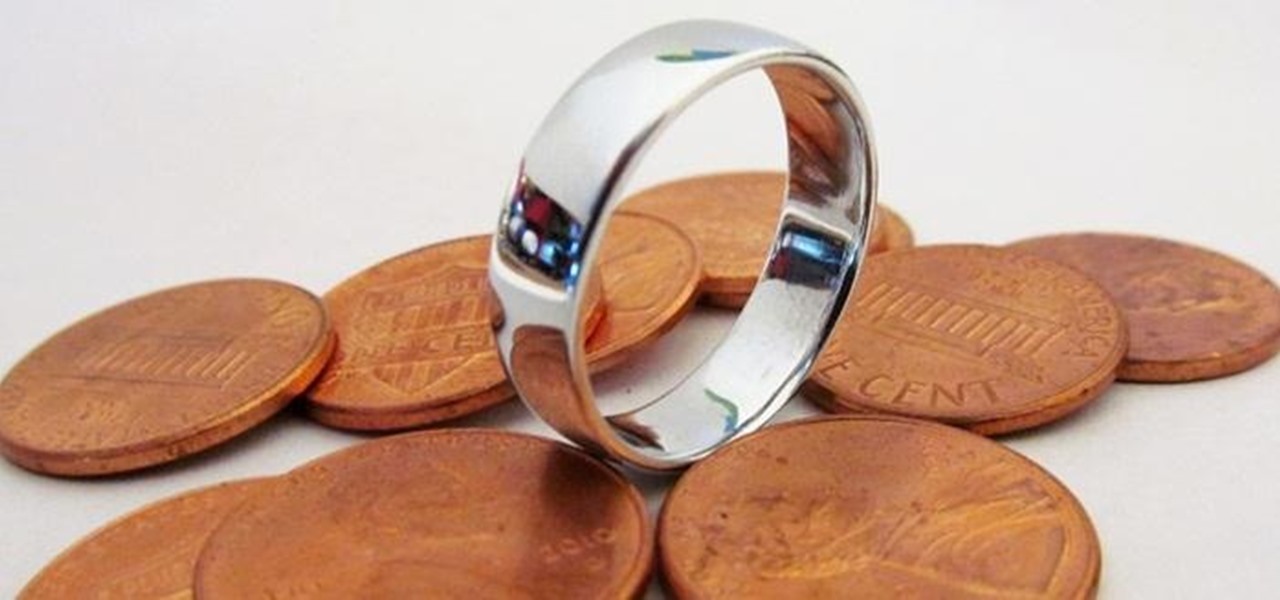
How To: Smelt Your Loose Change into Well-Fitting Penny Rings
Did you know that the average cost to make a penny is about 2.4 cents?!? That's why the Obama administration asked Congress earlier this year for permission to change the metals in the penny, hoping to get the cost back down where it makes sense.

How To: Launch a Cork Rocket with an Ultraviolet LED Flashlight
Science is most marvelous when it's creating an explosion, even at the tiniest of proportions. In the video below, Daniel Rosenberg from Harvard's Natural Science Lecture Demonstration Services reveals the secret to shooting a cork rocket over twenty meters using a little chemistry and an ultraviolet LED light. Rosenberg, who's a research assistant and lecturer for the Natural Science division at Harvard, demonstrates what happens when hydrogen and chlorine are explosively "burned" together t...

News: Colloidal Display Turns Soapy Bubbles into a Transparent 3D Projection Screen
We've all played with bubbles as kids, but I think most would agree that they're not exactly the most functional of objects. An international team of researchers made up of Yoichi Ochiai, Alexis Oyama and Keisuke Toyoshima wants to change that. They've figured out how to project both 2D and 3D images onto a micro membrane (soap bubble) using ultrasonic sound waves and a standard projector. The bubble is made of a solution of sugar, glycerin, soap, surfactant, water and milk. The glycerin and ...
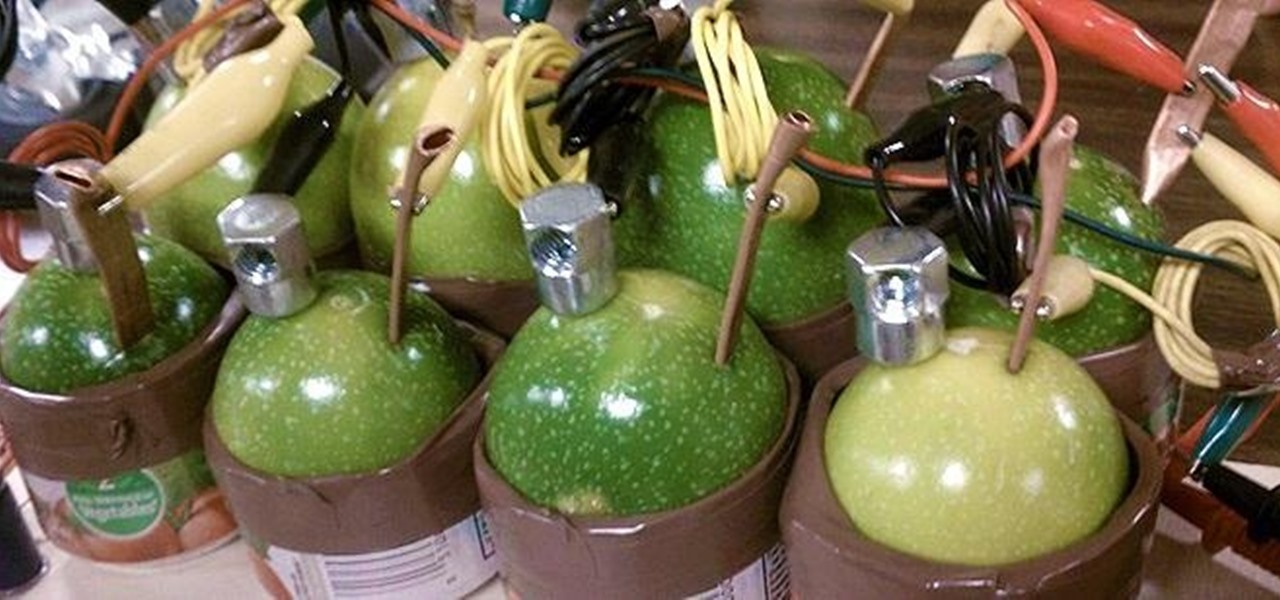
News: This DIY Passion Fruit Battery Can Power Lasers!
It's been proven over and over that you can make batteries out of fruits and vegetables such as lemons, potatoes, and even apples. Turns out, passion fruit is also acidic enough to power a battery, but Maui Makers member Ryan K decided to take it a step further by adding a laser. Passion fruit, or Lilikoi as it's called in Hawaii, is usually over-abundant in Maui, so Ryan decided to put it to good use. Using anodized bolts, copper pipe, wire, switches, and some LEDs, he built a battery that c...

How To: Find the order of operations with fractions & decimals
In this video, the instructor shows how to find the order of operations with fractions and decimals. If you have an equation with both fractions and decimals, you can convert the decimals to fractions, or fractions to decimals to have the entire equation in either decimals or fractions. In this video, the instructor shows how to do this in either way. To convert fractions to decimals, just divide the numerator with the denominator. This method cannot be used if the decimals are repeating deci...

How To: Practice balancing chemical equations
In this video, we learn how to practice balancing chemical equations. First, take a look at the first and second part of the equation. Write out how many atoms each of the elements has in it. Compare each of the sides to see what the difference is between them. Then, find the multiple of each of the elements until they are equal to each other. After you find this, continue to do this for all of the different elements in the equation. This will give you a balanced chemical equation when you ar...
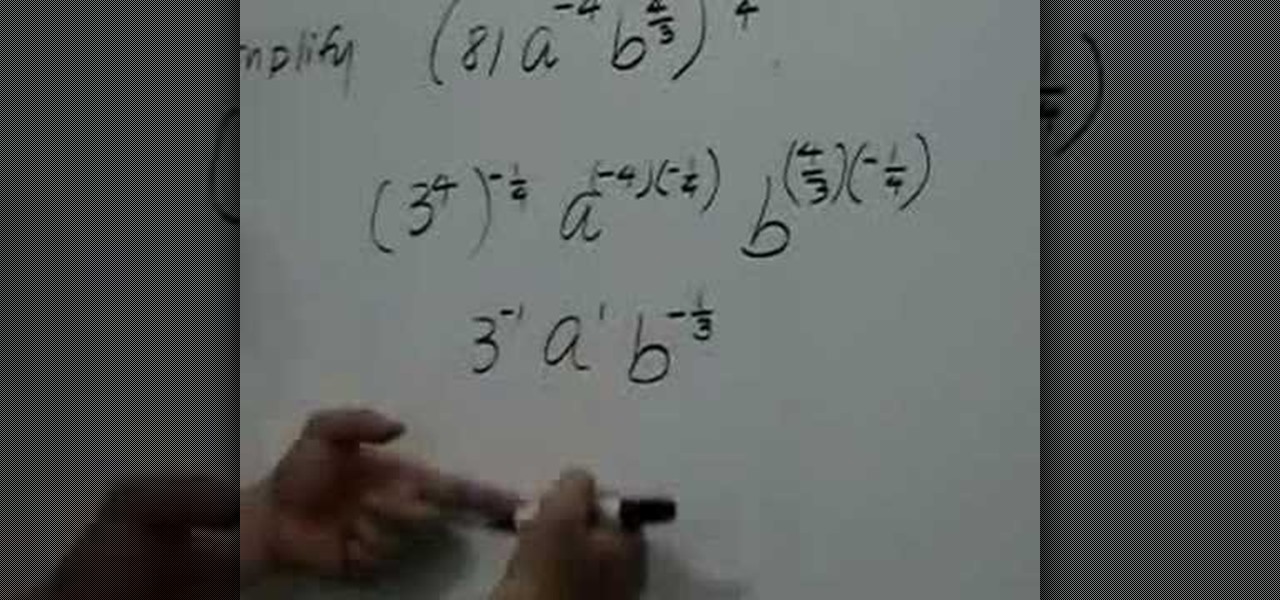
How To: Simplify algebraic expressions with rational exponents
Want to know how to simplify expressions including rational exponents in algebra? Learn how with this free video lesson. From Ramanujan to calculus co-creator Gottfried Leibniz, many of the world's best and brightest mathematical minds have belonged to autodidacts. And, thanks to the Internet, it's easier than ever to follow in their footsteps (or just finish your homework or study for that next big test).

How To: Launch a Camera into Space (On a Shoestring Budget)
Earlier this month, Adam Cudworth, 19, launched a camera attached to a weather balloon into the edge of space. Battling tough winds, freezing temperatures, atmospheric pressure and tumbling speeds, the teenager from Worcestershire, England was able to capture these amazing pictures of the Earth's upper stratosphere. How to Send a Camera into Space
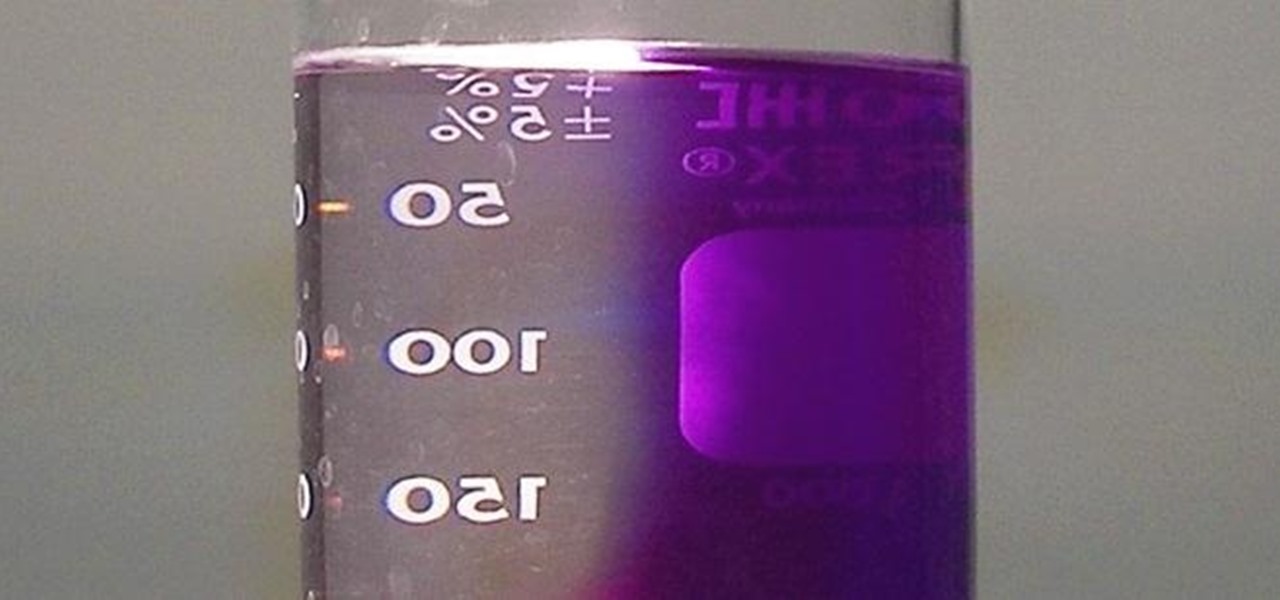
How To: Turn Just Half of a Purple Liquid Clear with the Photochemical "Two-Faced" Reaction
We've shown you how to make water change color on command, but how about just half of it? What if I told you that you can split a solution right down the middle and make the color disappear from one side, just by shining light on it?

How To: Create an Explosion with Liquid Nitrogen and a Bottle
Try out this science experiment... demonstrate pressure and volume. Watch this video tutorial to learn how to create an explosion with liquid nitrogen and a plastic bottle. See the demonstration of the exploding reaction of the pressure build up in the bottle.

How To: Show the Leidenfrost Effect (Hand vs. Liquid Nitrogen)
What would happen if you stick your hand in a pool of liquid nitrogen? Would your hand freeze to death? Would it harden to an unnatural state? Would it shatter as soon as you touched something? Well, real life isn't like the movies (i.e. Demolition Man), so believe it or not, your hand would be safe, thanks to a little known phenomenon called the Leidenfrost effect.
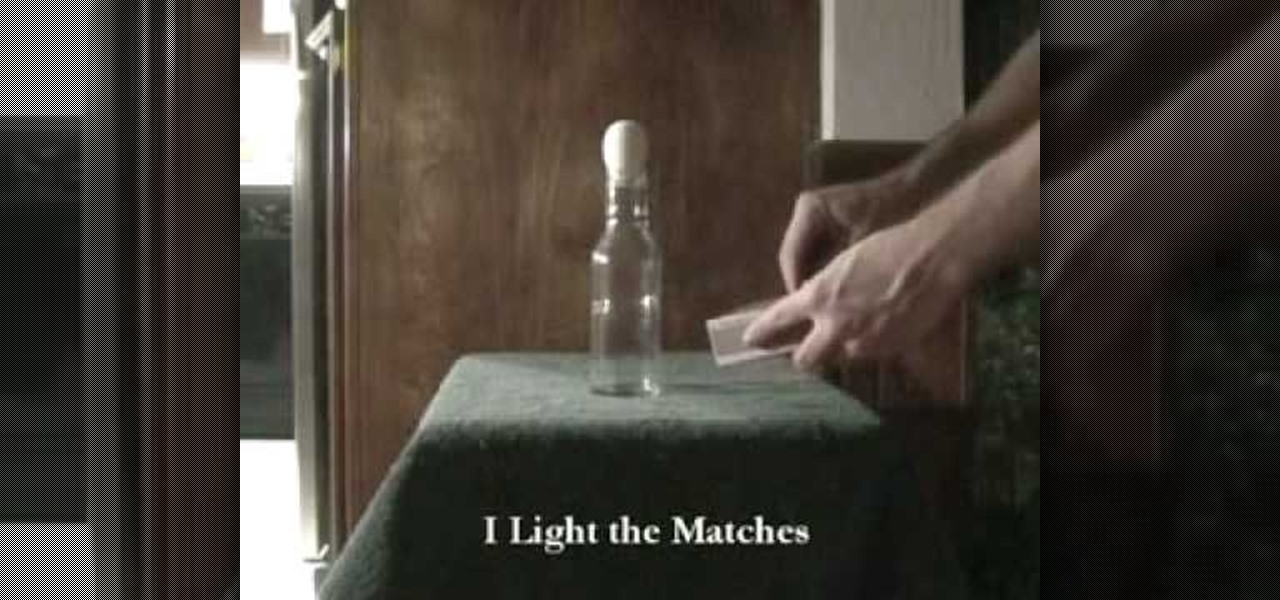
How To: Suck a Hard-Boiled Egg into a Bottle with a Burning Match
Can you suck an egg into a bottle? Let's find out. For this quick science experiment, you will need an egg, a bottle, and matches. Simply drop a match in the bottle and place the hard-boiled egg on top and watch it get sucked in.
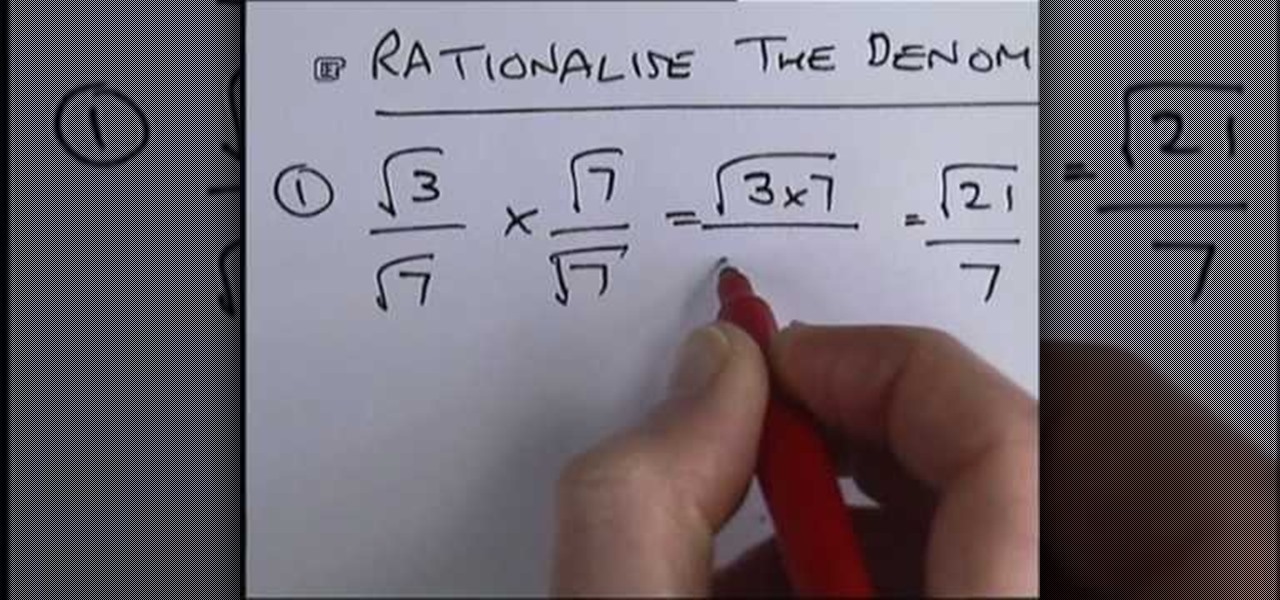
How To: Rationalize a denominator that contains a surd
In this video, we learn how to rationalize a denominator that contains a surd. First, you need to rationalize the denominator by removing any square root sign. To do this, you will multiply the fraction but the flip of the denominator over itself, with the square root. Then, you will multiply the top by the bottom with the square root and this will remove it from the equation once you do the math to multiply it out. Once you're done, the number will be rationalized and you will have the answe...
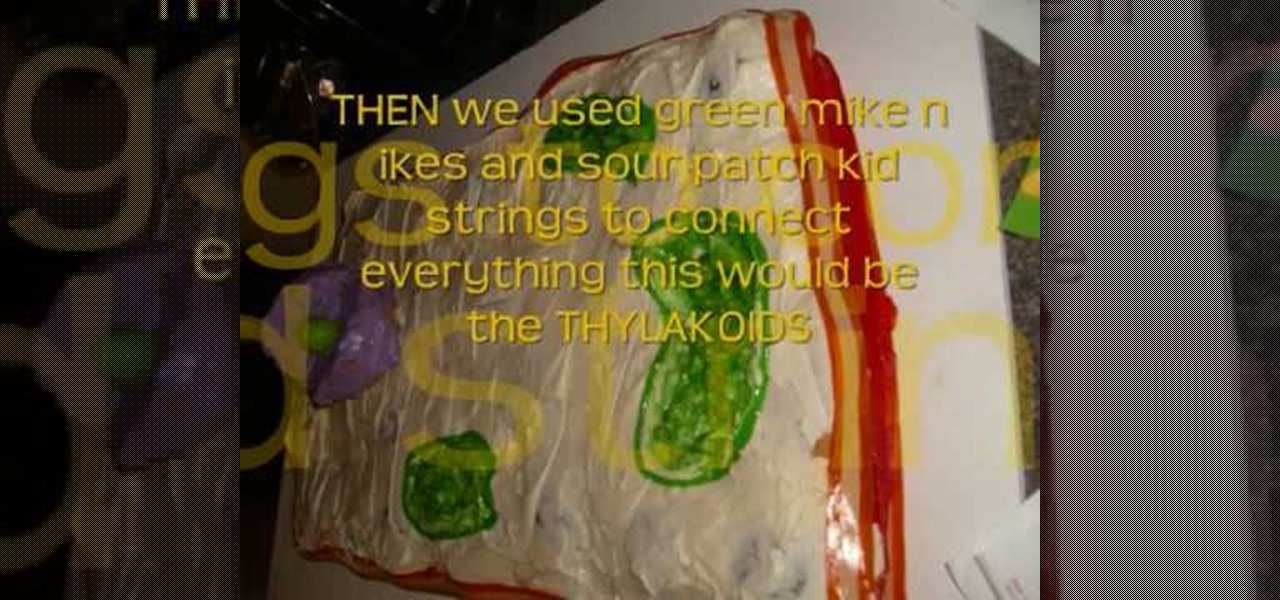
How To: Make an edible plant cell model for biology class
Science fairs are some of the most creative moments during the elementary school period. Not only are you able to research a topic of interest, but you also have try to find various ways in which to showyour scientific results. In this case, you'll find out how to make an edible plant cell model for an easy science fair project of for biology class. It's easy to do and will surely attract the attention of your teacher and others. Enjoy!

How To: Do long division without a calculator
This video shows you step by step how to do long division without the use of a calculator. The video shows viewers two different ways to solve a division problem. It first shows how to do the problem the traditional way, then it shows how to do it according to the long division process. The long division process is where you write the whole division, multiplication, and subtraction process out showing all your work. Long division is mainly used when dividing large numbers. There are three com...

How To: Repel pepper with your finger in a science experiment
This experiment is very easy and inexpensive. It can be done at home. You will need a bowl, some water, some pepper, and some soap. You can use your finger to repel pepper, to the sides of the bowl. Simple, but fun.
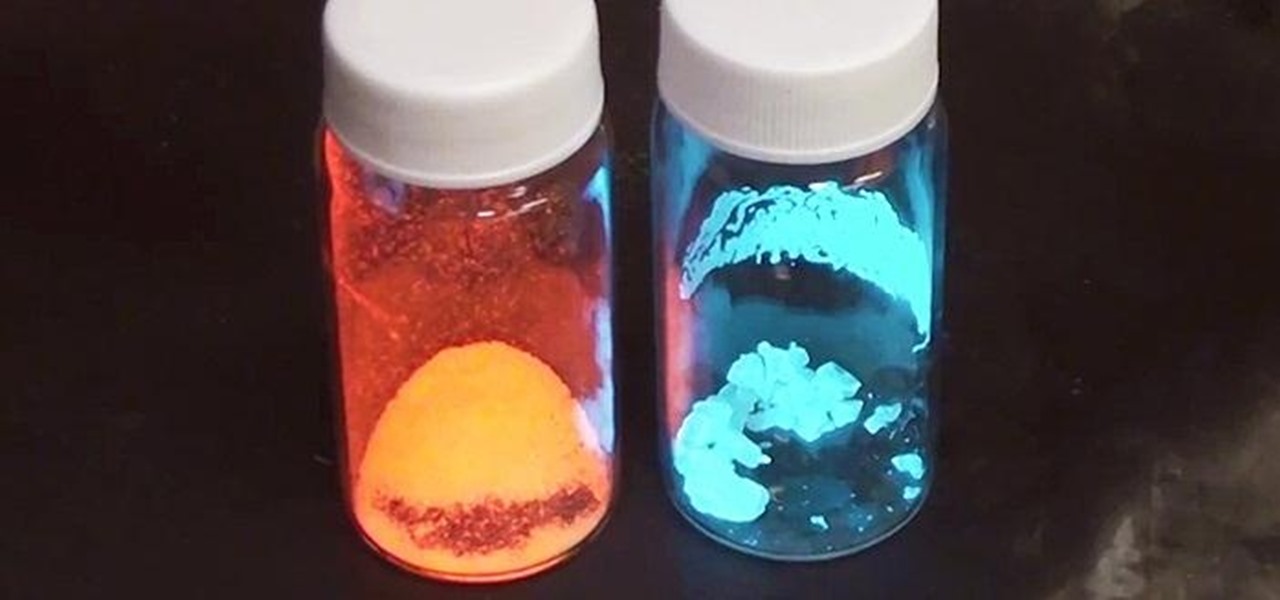
How To: Make Trippy Triboluminescent Crystals That Glow Red or Blue When You Smash Them
If you're a Breaking Bad junkie who can't wait for the next episode, satisfy your craving with a little at-home chemistry and make some blue DIY smash-glow crystals! No, this is not Walter White's so-called "Big Sky" or even the subpar cringe-worthy product of his competitors. It's not even the same kind of crystals, otherwise you wouldn't be reading this. This is totally legal, even kid-friendly if you play it safe, though it actually requires more safety precautions than the potassium nitra...
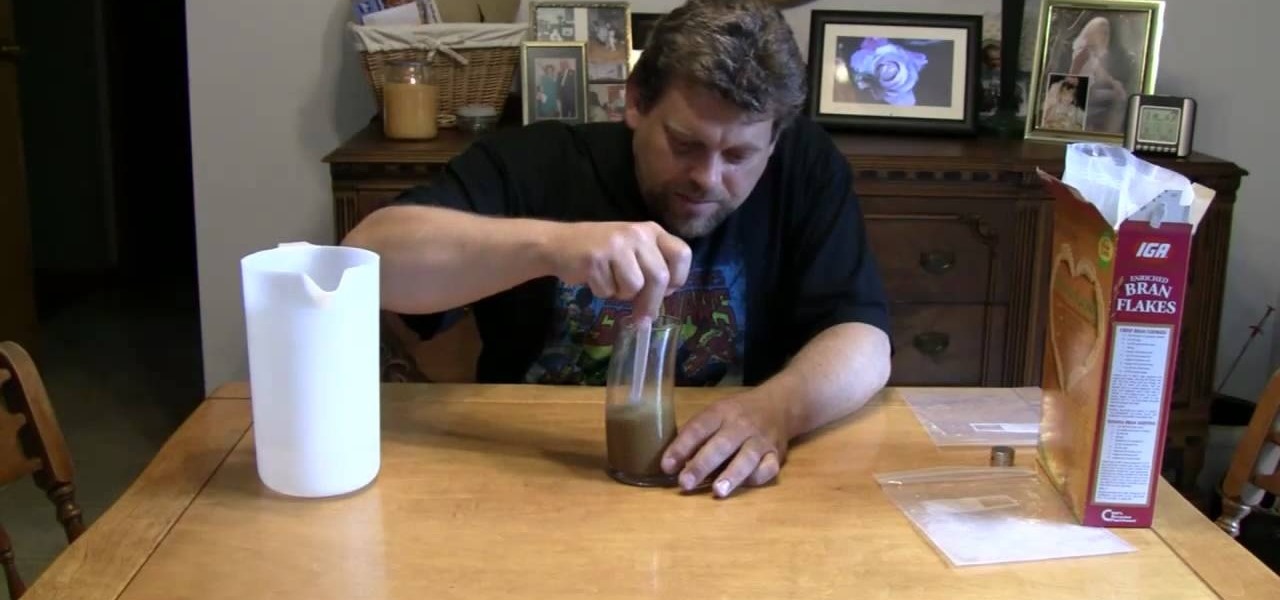
How To: Remove Iron from Cereal
There's a lot of iron in your cereal, so much that it's possible to isolate and remove it using a little known trick. In the video below, Mr. G of Do Try This at Home will show you his secret to removing the iron content of your daily cereal, using a magnet to show exactly how much of the mineral is in a bowl of bran flakes. It's a little bit awkward, so brace yourself!
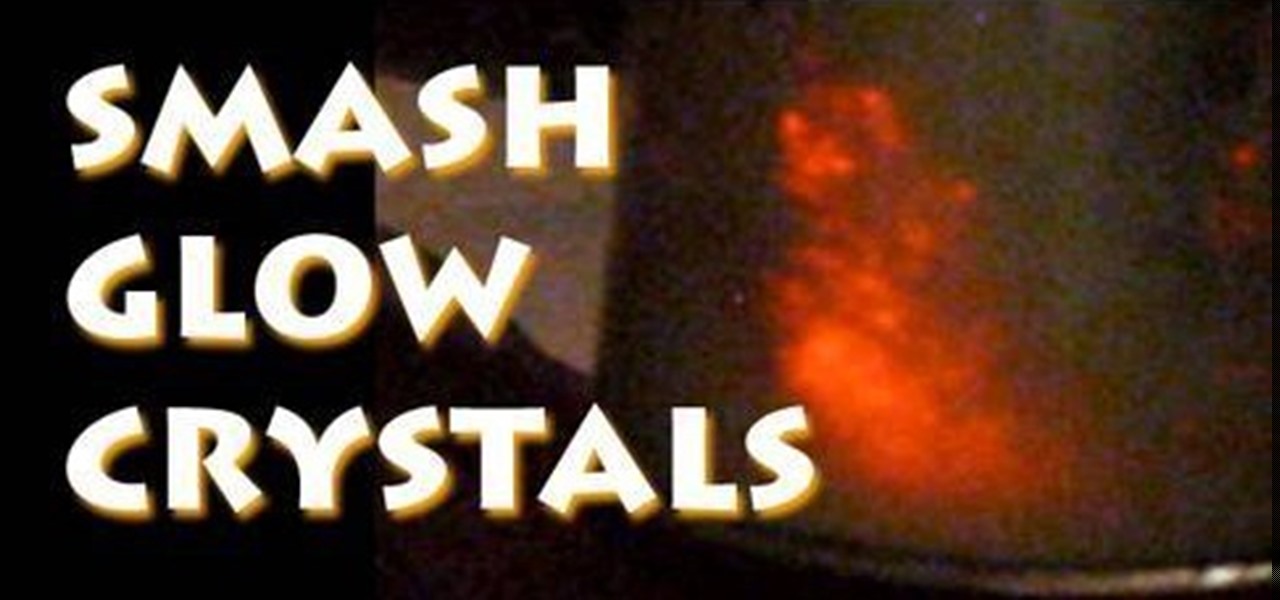
How To: Make Smash-Glow Crystals (Triboluminescent Crystals)
Smash glow? What the heck is that? That's exactly what you'll find out… watch this science video tutorial from Nurd Rage on how to make smash-glow crystals (triboluminescent crystals) with Dr. Lithium.







